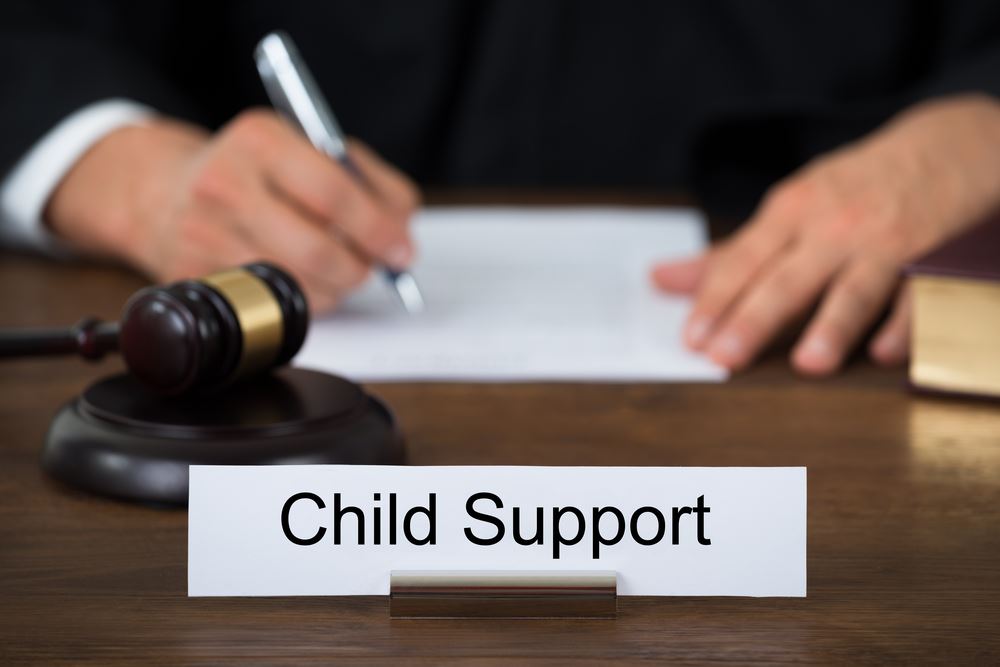New Child Support Laws in Nevada in 2020
Nevada child support laws have just been overhauled and the new changes have been put into effect as of February 1, 2020.
Minimum Amount of Child Support Per Child
There is no longer a minimum required amount per child. Under the old law, the minimum amount of child support was $100 per month per child.
Statutory Caps on Child Support
There are no longer statutory caps on child support. Prior to February 1, pursuant to NRS 125B.070, child support was determined by considering gross monthly income and applying a “presumptive maximum amount.” For example, in the case of primary physical custody for one child, the obligor, (i.e. the party paying child support), would pay 18% of their gross monthly income to the obligee (i.e. the party receiving child support), who was designated as the primary physical custodian. (i.e. 25% for 2 children, 29% for 3 children, and 31% for 4 children). As an example, if the obligor earned $8,000 GMI, child support for one child would be calculated at $1,440 (18% of GMI) per month, which would then be capped at $876 per month, according to the adjustments made in July 2019.
New Child Support Calculations
The child support percentages and calculations have changed. Under the new guidelines, the percentages are different from the old law and are based upon a tiered income scale. For example, in the case of primary physical custody for one child, if the obligor’s GMI was $8,000 per month, the obligor would now pay 16% of the first $6,000 of GMI earned, which is calculated at $960 per month, and then pay 8% of the next $2,000, or $100, for a total monthly child support obligation of $1,060.
When Does Child Support End in Nevada?
The revised statute explicitly states that an order pertaining to the payment of child support shall terminate once the child reaches 18 years old or, if still in high school, the order ends upon the child graduating high school or turning 19 years old.
If more than one child is included in a child support order and the oldest child reaches 18 years of age or graduates high school, then a motion to modify the order must be filed to adjust the total amount of support for the unemancipated minor children still remaining under the order.
New Guidelines Based on GMI
GMI is to include all salary and wages, interest and investments, Social Security disability, unemployment and old-age insurances, pensions, workers’ compensation, military and veterans’ benefits, etc.
The new guidelines based on GMI are as follows:
One child:
- 16% portion of $6,000 or less.
- 8% portion of $6,000-$10,000, in addition to the initial 16% of $6,000 or less.
- 4% portion of $10,000 or higher, in addition to the sum of 16% of $6,000 or less and 8% of $6,000-$10,000.
Two children:
- 22% portion of $6,000 or less.
- 11% portion of $6,000-$10,000, in addition to the initial 22% of $6,000 or less.
- 6% portion of $10,000 or higher, in addition to the sum of 22% of $6,000 or less and 11% of $6,000-$10,000.
Three children:
- 26% portion of $6,000 or less.
- 13% portion of $6,000-$10,000, in addition to the initial 26% of $6,000 or less.
- 6% portion of $10,000 or higher, in addition to the sum of 26% of $6,000 or less and 13% of $6,000-$10,000.
Four children:
- 28% portion of $6,000 or less.
- 14% portion of $6,000-$10,000, in addition to the initial 28% of $6,000 or less.
- 7% portion of $10,000 or higher, in addition to the sum of 28% of $6,000 or less and 14% of $6,000-$10,000.
For each additional child, the sum of:
- An additional 2% portion of GMI of $6,000 or less.
- An additional 1% of GMI of $6,000-$10,000.
- An additional 0.5% of GMI of $10,000.
Notably, if either party falls below the $6,000 GMI bracket, then the courts may consider child support obligations according to the low-income schedule based on federal poverty guidelines. Furthermore, the child support obligation may be adjusted by the court to increase or decrease support based on special education needs, legal responsibility to other parties, value of services provided, cost of transport for children, and relative income of both households. Courts may also consider parents’ entitlement to federal disability and old-age insurance. The court may now also consider circumstances of incarceration or involuntarily institutionalization.
For Joint Custody Cases
The above guidelines represent payments under the circumstance where one parent has primary physical custody of the child and the other party is the non-custodial parent, having a full obligation to pay support. However, if the parties have joint physical custody, child support is determined by calculating each parent’s income and child support obligation under the new guidelines, with the party having the higher income paying the difference to the lower-income party.
Discuss Your Child Support Case with Law Practice, Ltd.
To learn more about how these new child support laws affect you, your family, or your support order, consult with our family lawyers at Law Practice, Ltd. We are here to answer your questions, address your concerns, and guide you through your case.
Contact us at (702) 899-2875 today to schedule a consultation.


